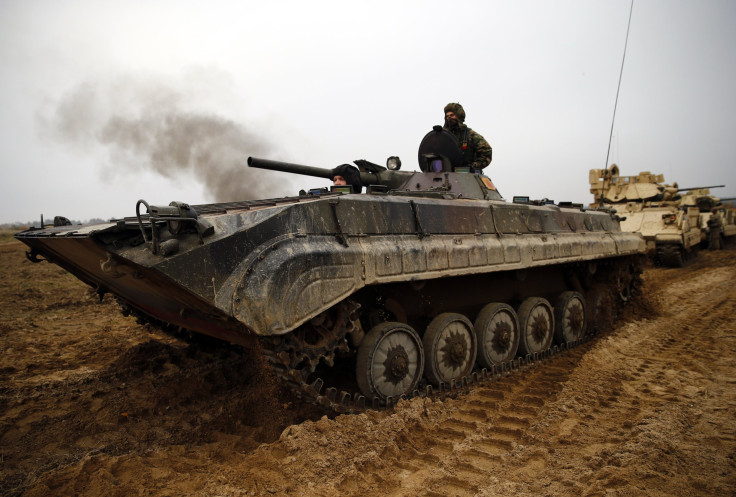Amid Russian Aggression, Poland To Replace Old Soviet-Built Fighting Vehicles In $21 Billion Upgrade

The Polish military will spend up to $21 billion to replace its Soviet-era infantry fighting vehicles, according to the European country's deputy defense minister. The eagerness to replace the vehicles comes amid efforts by Warsaw to become less reliant on Soviet and Russian designed military hardware amid Moscow's two-year-long intervention in the East Ukraine war and takeover of Crimea.
“This is a major undertaking for the next dozen years which, according to various estimates, will generate a cost of between 20 and 80 billion zloty if we decide to acquire two types of infantry fighting vehicles, lighter and heavier units,” Deputy Defense Minister Bartosz Kownacki told local Polish news agency PAP Tuesday.
Poland currently operates a 1000 of the armored Soviet fighting vehicles, also known as BWP-1 and BWP-2, which are similar in appearance and operation to a tank.
Warsaw is considering a number of partnership projects to replace the vehicles, including joint procurement with its southern neighbors the Czech Republic. Poland could also use designs from South Korea's K9 howitzer vehicle, which was acquired by Polish manufacturer Huta Stalowa Wola for its own 155mm self-propelled howitzer.
Poland has intensified efforts over the last 24 months to significantly upgrade and expand its military capabilities in attempts to ward of Russian aggression coming from the east. For many people living in Poland, Moscow's interventions in Ukraine hark back to the country’s communist past, which only ended in 1989. While Poland does not share a border with mainland Russia, it does have a northern border with the Russian-held enclave of Kaliningrad where Moscow keeps a large contingent of naval forces, including ships and nuclear submarines.
Over the next decade, Warsaw has promised to spend $42 billion in order to meet the NATO mandate that each alliance member has to spend more 2 percent of more of GDP on defense.
© Copyright IBTimes 2025. All rights reserved.





















